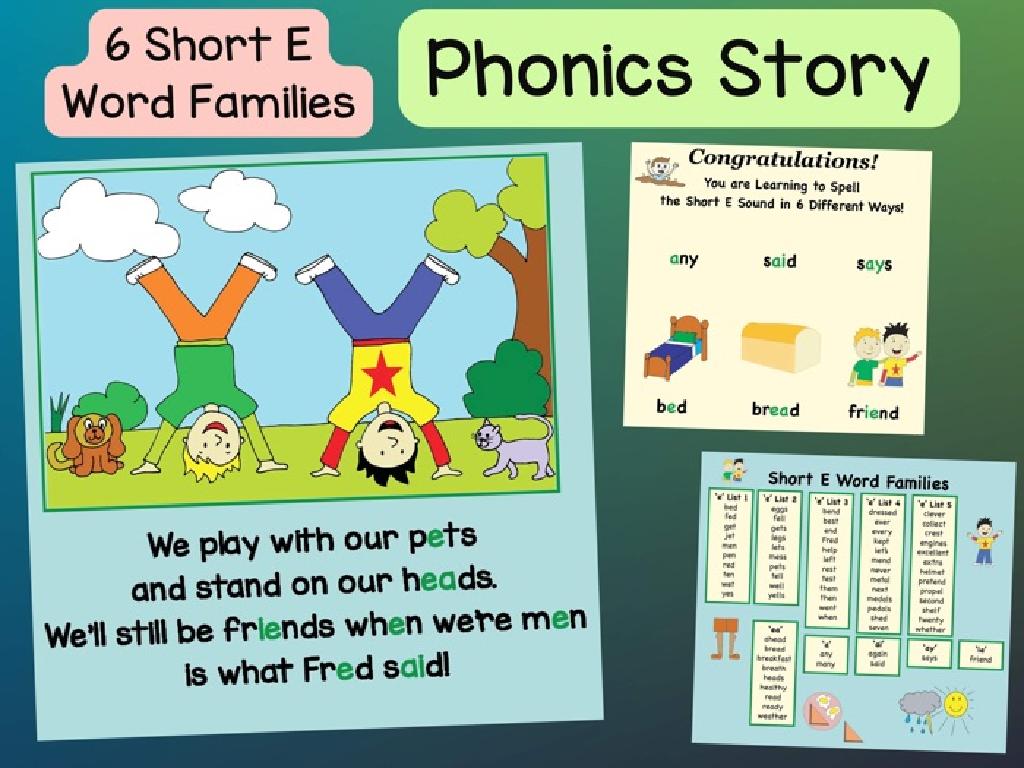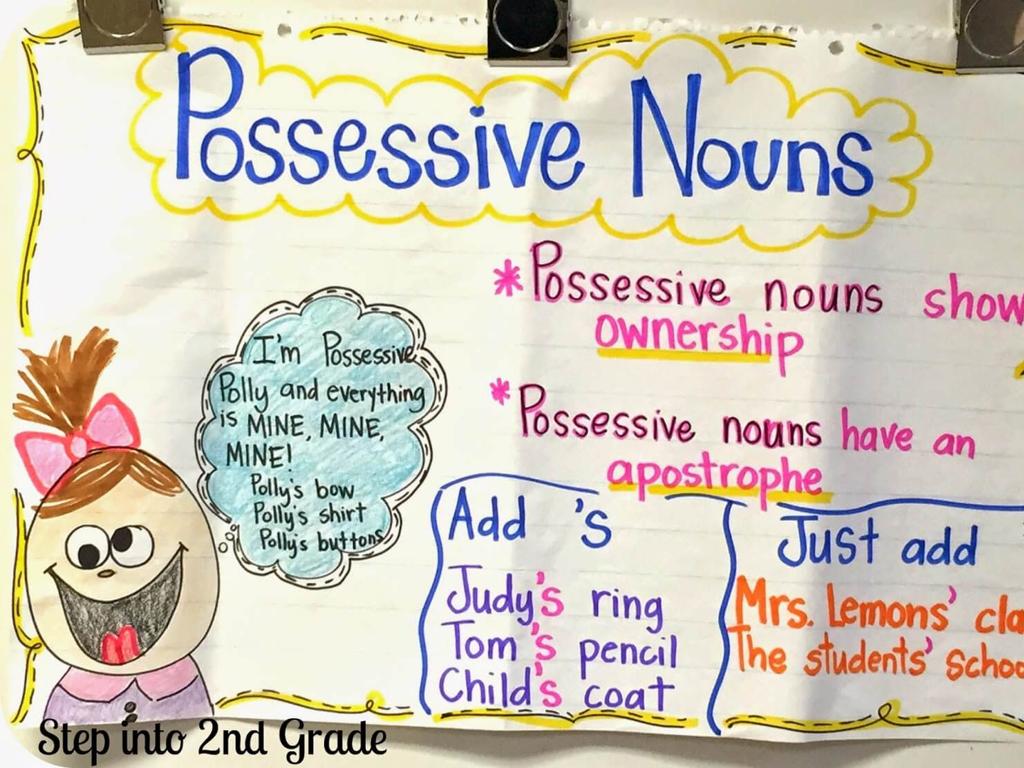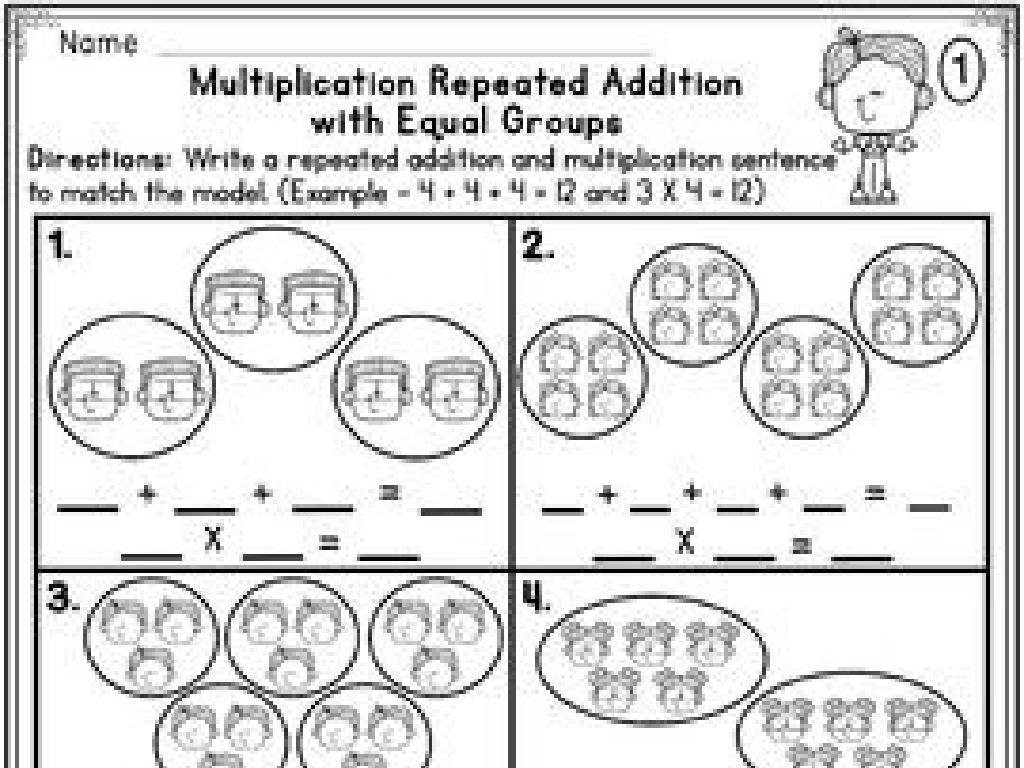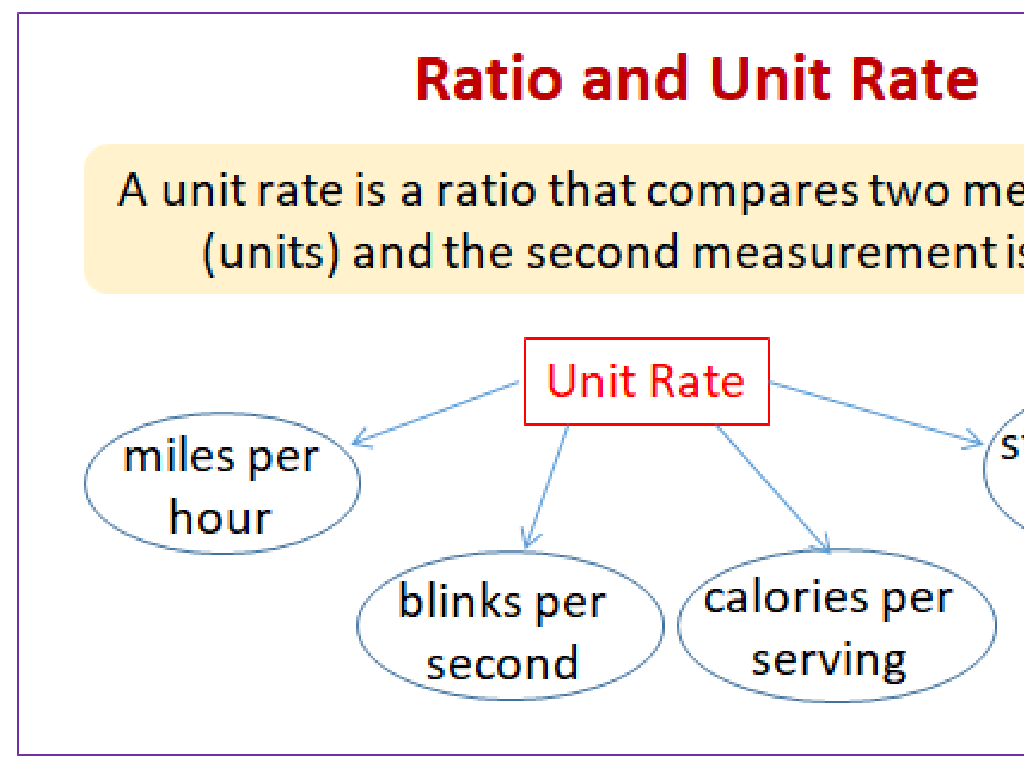Is It A Complete Sentence, A Fragment, Or A Run-On?
Subject: Language arts
Grade: Second grade
Topic: Sentences, Fragments, And Run-Ons
Please LOG IN to download the presentation. Access is available to registered users only.
View More Content
Welcome to Sentences!
– Learning about sentences
– What is a complete sentence?
– A complete sentence has a subject, verb, and expresses a complete thought.
– Understanding fragments
– Fragments are incomplete sentences missing a subject, verb, or complete thought.
– Recognizing run-ons
– Run-ons are sentences that go on too long without proper punctuation or conjunctions.
|
This slide introduces the concept of sentences to second graders. Begin by explaining that sentences are the building blocks of writing. They need to have a subject (who or what the sentence is about) and a verb (what the subject is doing), and they must express a complete thought. Then, describe fragments as pieces of sentences that are missing one of these elements and cannot stand alone. Lastly, explain run-ons as sentences that combine too many ideas without proper punctuation, making them confusing. Use examples to illustrate each point and engage the students with simple exercises to identify complete sentences, fragments, and run-ons.
Exploring Sentences
– A sentence shares a complete thought
– Like ‘The dog barked loudly.’
– Begins with a capital letter
– The first word always starts big, like ‘Once upon a time…’
– Ends with a punctuation mark
– Could be a period, question mark, or exclamation point!
– Let’s review examples together!
– We’ll see how sentences look in books.
|
This slide introduces the concept of a sentence to second graders. Emphasize that a sentence is not just a collection of words, but it must express a complete idea or thought. Show them that every sentence starts with a capital letter, which is a big clue to identify the beginning of a new sentence. Also, explain that sentences end with a punctuation mark, which could be a period, a question mark, or an exclamation point, signaling the end of a thought. Use simple and clear examples from familiar stories or everyday situations to illustrate these points. Encourage the students to come up with their own sentences and practice identifying these key features of a sentence.
Sentence or Not? Understanding Fragments
– Not all word groups are sentences
– Some may lack a subject or verb
– For example, ‘playing in the park’ has no subject
– These incomplete sentences are fragments
– ‘She after the dog’ is missing a verb
– Let’s find and fix fragments!
|
This slide introduces the concept of sentence structure to second graders by distinguishing between complete sentences and fragments. Begin by explaining that a sentence needs to have both a subject (who or what the sentence is about) and a verb (what the subject is doing). Show examples of fragments and explain why they are not complete sentences. Encourage students to look for the missing parts in a fragment and think about how they could turn it into a complete sentence. This will help them understand the importance of having both a subject and a verb to express a complete thought.
Understanding Sentence Fragments
– What’s a sentence fragment?
– It’s a piece of a sentence, but not the whole thing.
– Fragments are incomplete thoughts
– Like saying ‘When we went to the zoo’ without finishing the idea.
– Key parts of a sentence are missing
– A full sentence needs a who (subject) and a did what (predicate).
– Practice: Find the fragment!
– Look at examples and try to identify the fragments.
|
This slide introduces the concept of sentence fragments to second graders. Begin by explaining that a fragment is a part of a sentence that can’t stand alone because it’s missing key components. It’s like when someone starts telling a story but doesn’t finish it. Use simple examples to illustrate fragments, such as ‘When we went to the zoo,’ and ask the students what’s missing. Explain that every complete sentence needs a subject and a predicate. Engage the class with an activity where they identify fragments from a set of examples. This will help them understand the difference between complete sentences and fragments.
Run-on Sentences: Too Long to Understand!
– What is a run-on sentence?
– A run-on sentence is a very long sentence with lots of parts not properly joined.
– Too many ideas, too little punctuation
– It’s like trying to say too much without taking a breath!
– Breaking down run-ons
– We can fix run-ons by making smaller, complete sentences.
– Making sentences clear and complete
|
This slide introduces the concept of run-on sentences to second graders. Explain that run-on sentences are like trying to tell a friend all about your day in one long breath without stopping. They can be confusing because they have too many ideas crammed together without the right punctuation, like periods or commas, to separate them. Teach the students how to recognize run-on sentences and demonstrate how to break them into smaller, complete sentences that are easier to read and understand. Use examples to show how proper punctuation can turn a run-on into clear and complete sentences. Encourage the students to try rewriting run-on sentences during class activities.
Fixing Run-on Sentences
– Turn run-ons into two sentences
– When two ideas are joined without proper punctuation, split them into separate sentences.
– Use conjunctions and commas
– Connect ideas with words like ‘and’, ‘but’, or ‘so’, and use a comma before the conjunction.
– Practice fixing a run-on
– We’ll correct a run-on sentence as a class activity.
|
This slide is aimed at teaching second graders how to identify and correct run-on sentences. Run-on sentences occur when two or more independent clauses are incorrectly joined without proper punctuation or conjunctions. To fix them, students can either split the run-on into two separate sentences or use a comma followed by a conjunction to join the clauses correctly. During the class activity, present a run-on sentence and guide the students through the process of correcting it. Encourage them to explain why the sentence is a run-on and how they decided to fix it. This will help reinforce their understanding of sentence structure and the use of conjunctions.
Let’s Practice the Sentence Game!
– Look at groups of words
– Decide: Sentence, Fragment, or Run-on?
– Sentence: complete thought. Fragment: missing parts. Run-on: too long, needs breaks.
– Get ready to play
– Have fun learning!
|
This slide is for an interactive class activity to help students identify complete sentences, fragments, and run-on sentences. Display groups of words on the board one by one. Ask students to determine if each group of words is a complete sentence, a fragment, or a run-on. Explain that a complete sentence has a subject and a verb and expresses a complete thought. A fragment is missing one of these elements and does not express a complete thought. A run-on sentence has too many ideas without proper punctuation. Encourage participation and explain the reasoning behind each answer. Possible activities: 1) Students can write their answers on a personal whiteboard. 2) Work in pairs to discuss before sharing. 3) Create a fun ‘voting’ system where students move to different corners of the room to show their choice. 4) Use hand signals (thumbs up for sentence, hand flat for fragment, waving hand for run-on). 5) Have students come up to the board and correct the fragments and run-ons.
Class Activity: Sentence Scavenger Hunt
– Let’s hunt for sentences around us
– Find sentences, fragments, and run-ons
– Look in books and on classroom posters
– Work with a buddy to sort them
– Decide if each one is a complete idea or not
– We’ll discuss our finds together
|
This interactive activity is designed to help students recognize the difference between complete sentences, fragments, and run-on sentences in a fun and engaging way. By searching the classroom environment, students will see practical examples of how sentences are used in various contexts. Working in pairs encourages collaboration and discussion, which will aid in their understanding. As they categorize their findings, they will practice distinguishing the structure and completeness of sentences. After the hunt, facilitate a class discussion where each pair shares their examples and explains their reasoning. This will reinforce the concepts and allow for immediate feedback and clarification.
Becoming Sentence Experts!
– Celebrating our learning journey
– Complete sentences: subject + verb
– A subject does something (verb) and makes sense.
– Recognizing sentence fragments
– Fragments are missing a subject, verb, or both.
– Avoiding run-on sentences
– Run-ons are too long and need breaks.
|
Well done on exploring the world of sentences, fragments, and run-ons! It’s important to remember that a complete sentence must have a subject (who or what the sentence is about) and a verb (what the subject is doing), and it should express a complete thought. A fragment is missing one of these elements and doesn’t make sense on its own, while a run-on sentence has too much information without proper punctuation or conjunctions. Keep practicing by identifying what makes a sentence complete, spotting fragments, and breaking up run-ons. With continued practice, students will become proficient in crafting and correcting sentences.





